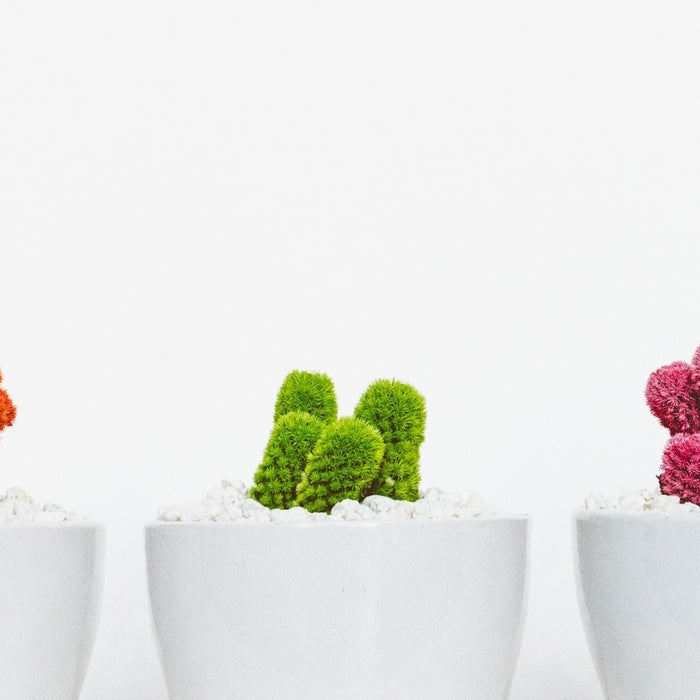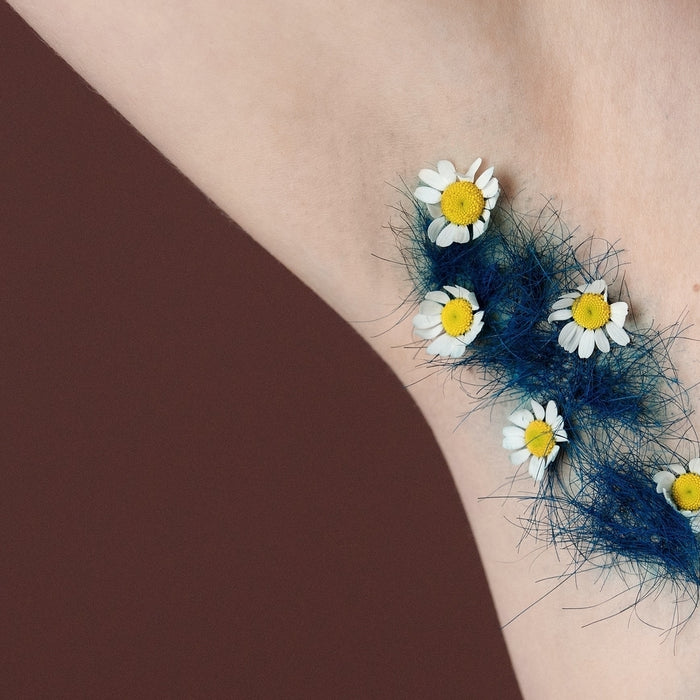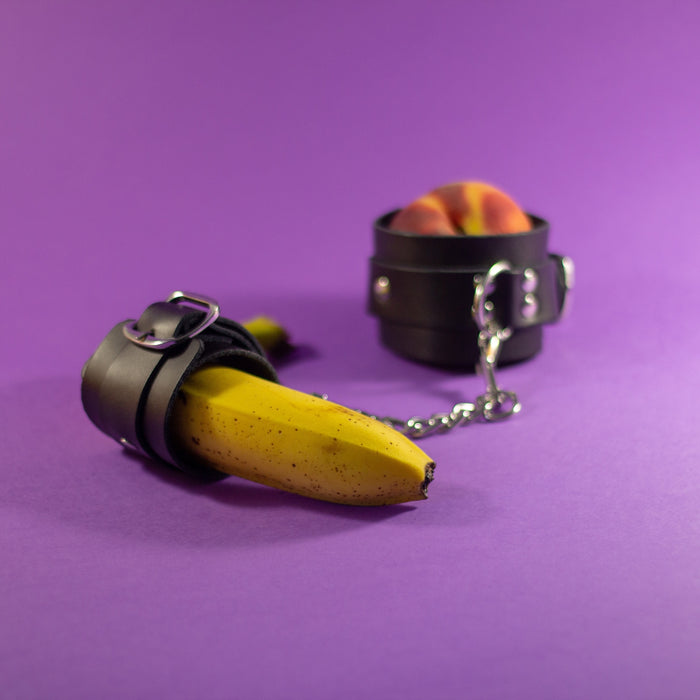

How to Find Self-Acceptance
A guest post by Luna Matatas
What is self-acceptance?
Self-acceptance is a practice of being aware of the parts of ourselves that we like and the parts we don’t like, while accepting that both can coexist in us without self-judgement. It’s about being ok with where you’re at and using self-compassion to help you navigate through places where you want to grow.
Self-acceptance gives us a chance to tap into what we really feel and what we authentically desire. We can start to detangle our self-esteem from how we wish we were or how others have perceived us. Learning to value yourself helps you understand what your boundaries are and creates space for more empathy for others. It’s a practice, because it involves being aware of our emotions and needs - tuning in regularly.
Why do we need self-acceptance?
Self-acceptance guides us into the present moment. It gives us permission to exist as a whole of our past and in the hopes of our potential in the future, without being overwhelmed from feelings of self-criticism about what we should have done and fear about the future.
You can still have goals and want to change things about yourself, but self-acceptance protects your self-worth from attaching outcomes of what you do to who you are. For example, you might feel guilty because you broke a dish your friend lent you, and you’ll take accountability by replacing it. Without self-acceptance, you might break the dish and go into a shame spiral about how you always ruin friendships, you are irresponsible, you can’t have nice things, you don’t deserve to borrow things, etc. Guilt and shame are easier to separate when we work towards self-acceptance.
How can we practice self-acceptance?
Self-acceptance isn’t a feeling or a destination, it’s a practice. It’s a maintenance thing, we have to practice it regularly to stay connected to what’s going on for us. We all experience different pressures to be things we are not. Pressure can come from systems of oppression, from industries that capitalize on our feelings of not enough and from our relationships with our families, friends, cultures and partners.
Part of building a practice of self-acceptance is to notice voices in you that are not your own. Many of us are living with experiences of trauma, which can be tightly woven into parts of ourselves visible and invisible. When we practice self-acceptance, we can meet those parts of ourselves that are still healing with tenderness instead of toughness.
Ways to practice self-acceptance
It’s way better to have 5 mins of self-acceptance practice everyday than trying to find a big chunk of time occasionally. Daily practice allows you to go deeper, to create a habit and to build trust in yourself that you’re honouring your authentic self everyday. Here are some ideas for getting started with a self-acceptance practice:
Rituals
Try setting a morning or an evening ritual check-in with yourself. You could start your day with writing an intention for the day - what part of you needs attention today and what are you going to do to bring awareness to that part of you?
Reflection
Reflections can be a quiet moment you dedicate 10 mins to checking in with yourself or they can be done in a journal. Try a body gratitude list at the end of the day - what are the ways in which you’re grateful for your body today (e.g. it moved you, it kept you standing when you were sad, it gave someone a great hug)?
Mindful Self-Pleasure
Pleasure can be masturbation, it can also be touching your body in a non-sexual but sensual way. Try taking three extra minutes in the shower just to run your soapy hands all over your body or give yourself a scalp massage while you shampoo and sink into the feeling of the sensations you are creating for this body right now.
Movement
Some of us have connected movement to productive movement only - you have to get somewhere or you have to burn calories or build muscles or clean something. What if you moved for fun? What would it feel like to go for a walk and enjoy the clouds, stop at whatever tree you think is interesting or dance to music without thinking about what it looks like? Play more in your movement.
Affirmations + Action
Self-acceptance is rooted in the belief that you are enough. What parts of you don’t feel good enough? Write affirmations for those parts of yourself and then write actions you will take to grow more self-acceptance. The action could simply be a commitment to checking in with that part of yourself each day.
What happens if you struggle with self-acceptance?
It’s not your fault. Self-acceptance is tough because our society is set up to motivate us towards products that sell ideas of success, love and happiness by telling us we aren’t enough. Remind yourself it takes time to get into a habit of listening to your needs and to tone down the voices of judgement from yourself and from others. Practice tenderness with yourself by doing self-talk with language that is similar to how you’d soothe a best friend going through a tough time or someone you care about who is suffering. It’s also ok to seek support, to confide in someone you trust, to reach out to a therapist or to find other types of healing where you will feel cared for, like a massage.
Start with a five minute daily check-in:
- What emotions need your attention today?
- What parts of your body need attention today?
- What are you grateful for?
- What would make today a great day?
Keep your reflections simple and accessible. Yes, it would be a great day to win a million dollars, but it can also be a great day if you get to eat your favourite dinner or laugh with your bestie or drink enough water. Be gentle with yourself as you begin to massage out these messages and plant new seeds of self-acceptance.
Luna Matatas packs over 10 years of experience internationally and locally in health and sexuality education. As a self-identified pleasure pusher, Luna facilitates inclusive, judgement-free and safe spaces for people to be curious about their fantasies, sex lives and bodies. You can learn more about Luna at lunamatatas.com.




